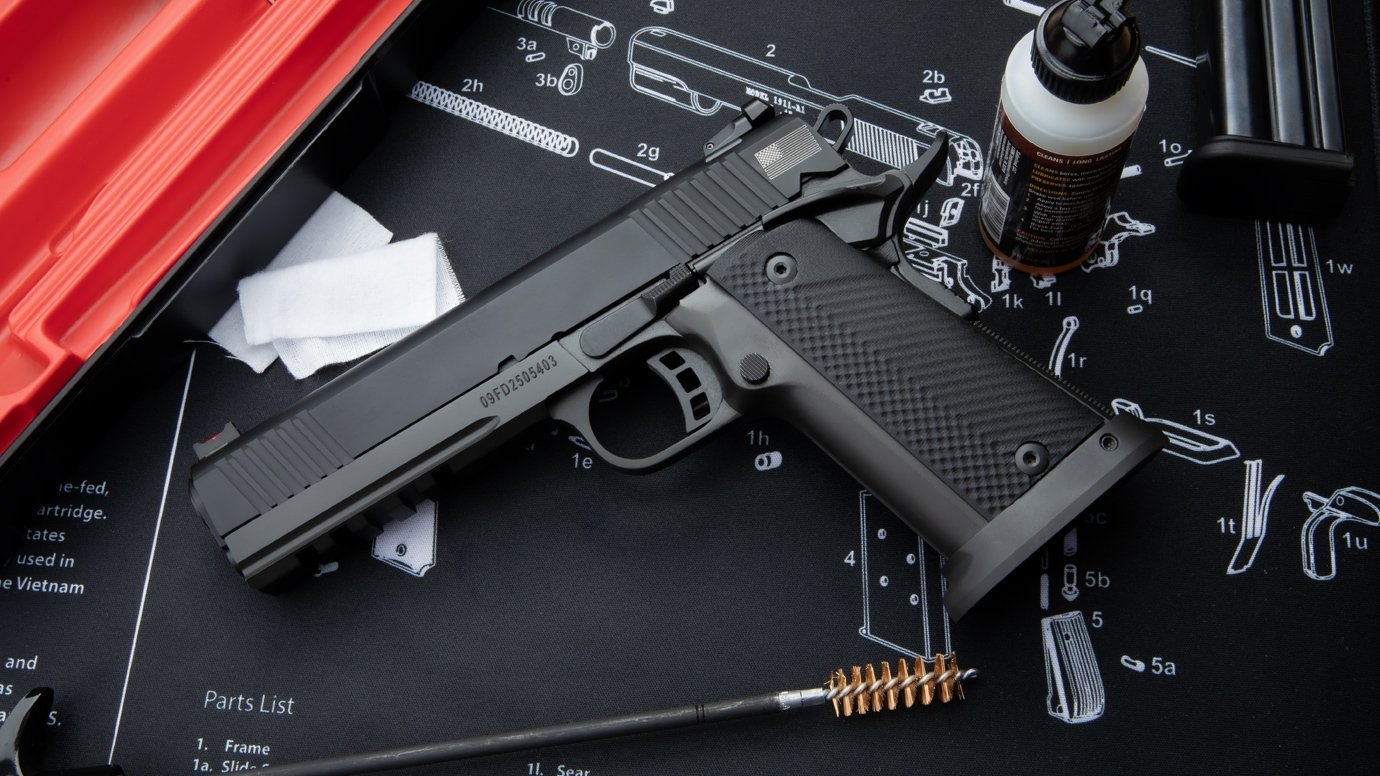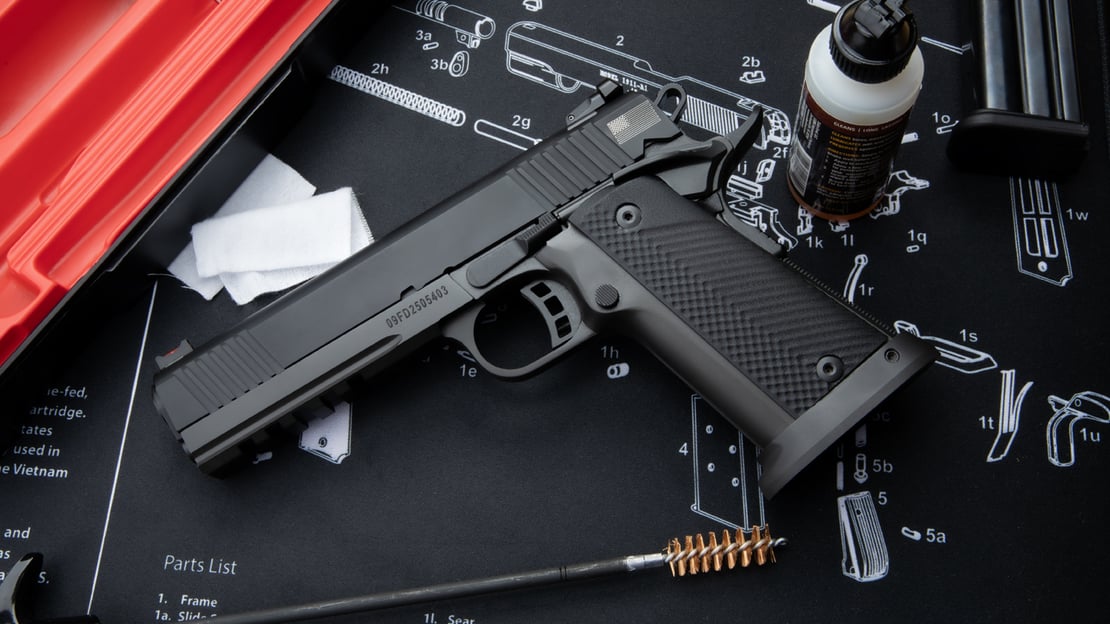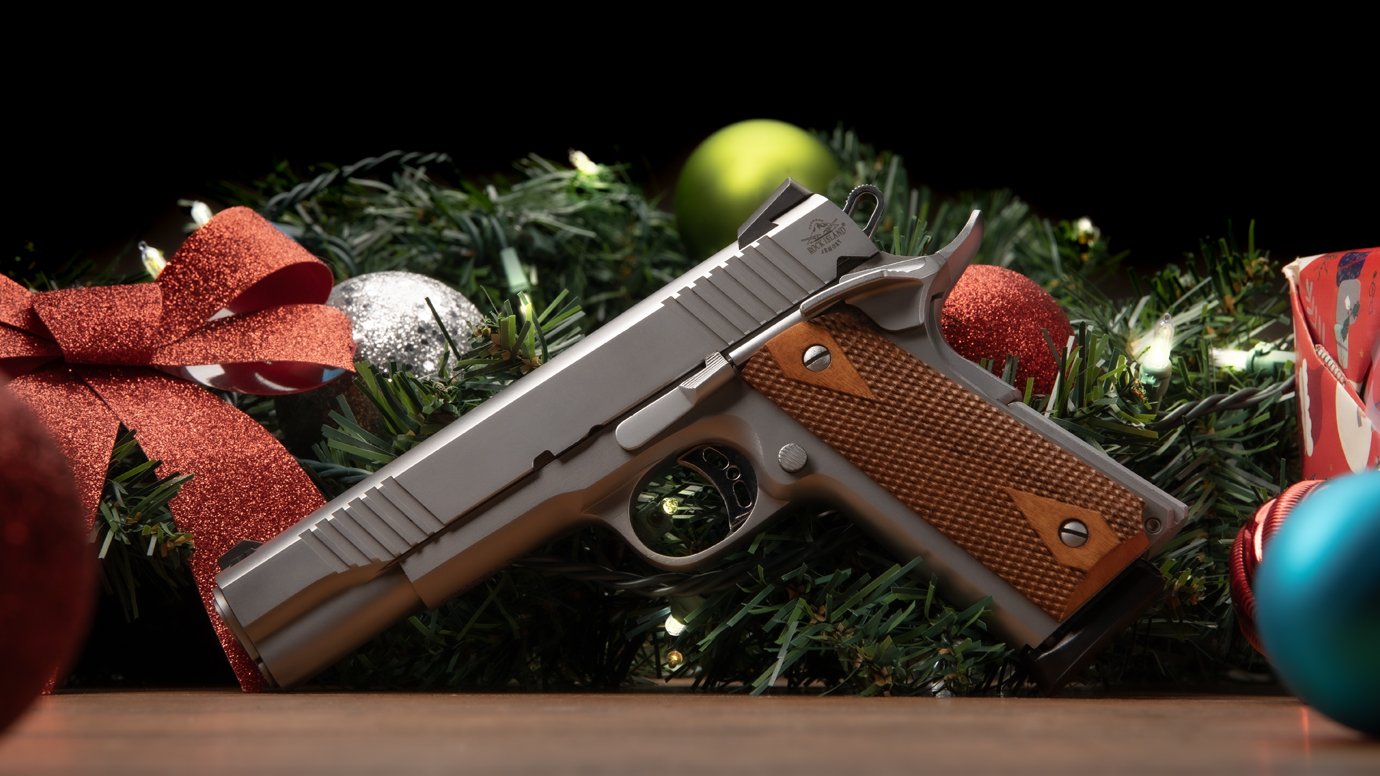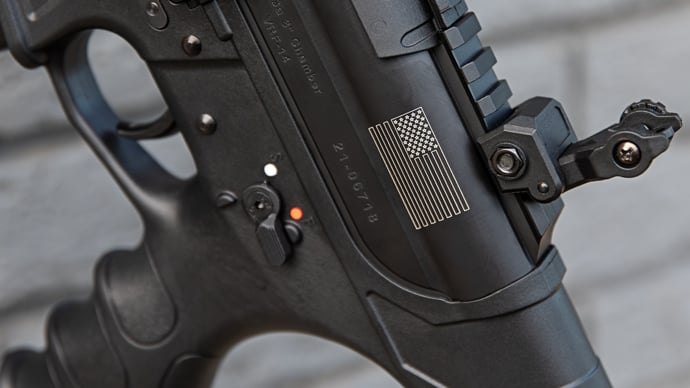Iron Sights VS Optics | Which Aiming System to Choose?
Posted by Team Armscor on Feb 24, 2025 15 Minute Read

When it comes to aiming, the debate between iron sights and optics continues to evolve. While iron sights are the traditional, battery-free method, optics like the red dot optic and magnified scope offer advanced precision and ease of use. But which one is right for you? John McClain, competitive shooter and firearms expert with Team Armscor, shares his insights on the pros, cons and real-world applications of each aiming system.
Keep this in mind when deciding which aiming system to choose — it's all about the individual shooter.
Browse Our Accessories
We sell upgrades and accessories that are made specifically for our guns. Search for optics and sights to find various options for your gun! Make sure that the item you’re interested in will work for your weapon model before purchasing.
The Difference between Iron Sights & Optics
"The biggest difference between iron sights and optics really comes down to what the shooter needs in particular," explained John. "Knowing what you're going to use the optic for is the most important factor when it comes to picking the right one."
So why do shooters choose iron sights, and why do they choose optics?
"The classic Good Old Boys way of aiming with a firearm would be with iron sights. That’s how guns were originally designed — a very crude but effective way of aiming at a target," said John.
Iron sights are the original aiming system, requiring proper alignment of the front and rear sight for accurate shooting.

Optics, on the other hand, provide a more modern, technology-driven approach, with red dot sights offering fast target acquisition and magnified scopes enabling long-range precision.
"Upon the invention of optics, all of a sudden, it was a more advanced way of being able to aim. But you gain some advantages, and you also gain some disadvantages," explained John.
Iron sights are great for reliability, durability, and traditional marksmanship, while optics offer speed, ease of use, and versatility but require maintenance and proper training.
Pros & Cons of Iron Sights
| PROS | CONS |
|
|
Pros & Cons of Optics
| PROS | CONS |
|
|
Choose The Right Optic For Your Shooting Purposes
Depending on what you're using your gun for, the best optic for you varies.
"If long-range shooting is your goal, you’d run a magnified scope. If close-quarters combat or competition scenarios are what you're going for, then you probably want a red dot optic that’s non-magnified," said John.
- Long-Range Shooting: You could use a magnified scope for precision at extended distances.
- Close-Quarters Combat: You could use a red dot for fast target acquisition in home defense or competition.
- Survival Situations: You could choose a rugged, reliable optic, but keep backup iron sights if possible.
John also warns about relying too much on technology without practicing under real conditions.
"Most people train during the daytime because that’s when ranges are open," he said. "But if you’re preparing for self-defense, you need to train in low-light or no-light conditions, because that’s when most criminals come out to play."
Is having a backup Iron Sight Necessary?
Many shooters debate whether backup iron sights (BUIS) are needed in a world where red dots and scopes are becoming more reliable.
"I love having backup iron sights as an option. But I’ve also seen iron sights break before red dots do, so I don’t think they’re 100% necessary," said John.
At the same time, having a secondary aiming system is always a smart move just in case.
"You can plan all you want, but most plans fail once they meet first contact with the enemy," explained John. "Your optic could fail the one time you actually need it. So, having a backup isn’t a bad idea."
Training & Adapting to Optics
No matter what aiming system you choose, training is key to being an effective shooter. If you don’t put in the work, your gear won’t matter when it comes time to use it.
"Most people train during the daytime because that’s when ranges are open. But if you’re preparing for self-defense, you need to train in low-light or no-light conditions, because that’s when most criminals come out to play," said John.
Practicing in different lighting and environmental conditions ensures you’re prepared for real-world scenarios.
Beyond live fire at the range, dry fire training is one of the best ways to build consistency without spending money on ammo.
"Dry fire training is free. You can practice drawing, target acquisition, and movement without ever firing a live round," said John.
Working on proper grip, sight alignment, and trigger control in a safe place can make live fire practice more effective. The most important thing is consistent and realistic practice.
Don't Own a Pistol Yet?
Use these tips to find your best starter pistol for whatever you may need a firearm for.
So Which is Best?
"Technology is great, but no piece of equipment is a magic fix. Whether it’s iron sights or a red dot, you still need to train and put in the work," explained John.
You May Prefer Iron Sights If:
- You want a simple, reliable, no-battery aiming system.
- You’re on a budget and prefer a low-maintenance setup.
- You’re comfortable with traditional sight alignment.
You May Prefer Optics If:
- You need faster target acquisition and better low-light performance.
- You’re shooting at long range and require magnification.
- You’re willing to train and adapt to the new system.
Ultimately, John offers this final piece of advice: "If you’re not sure if you need a red dot or not, go try one. Watching YouTube videos and reading articles won’t tell you if it’s right for you. Go to a range, borrow a gun with a red dot, and shoot with it."
By weighing your shooting needs, training commitment and more, you can choose the best aiming system for you. Whether you stick with iron sights, upgrade to an optic or run both, practice and preparation will always be the deciding factor in your success.
Looking to Prepare Your 1911 for Competition?
Access our guide on how to fine tune your 1911 pistol to ensure you're ready for your next competition.






